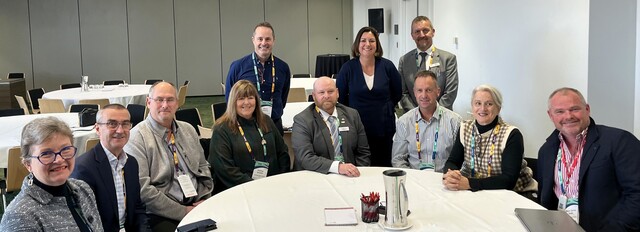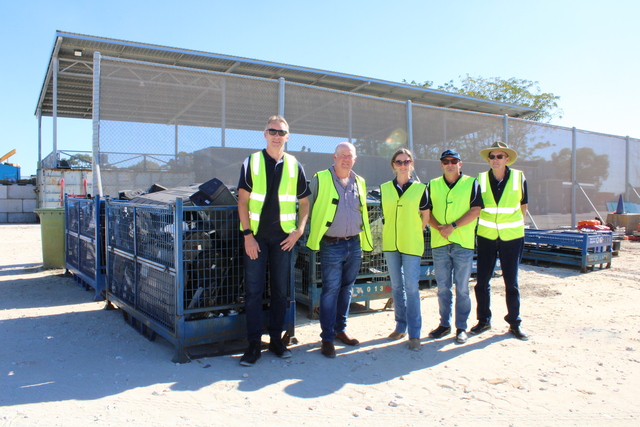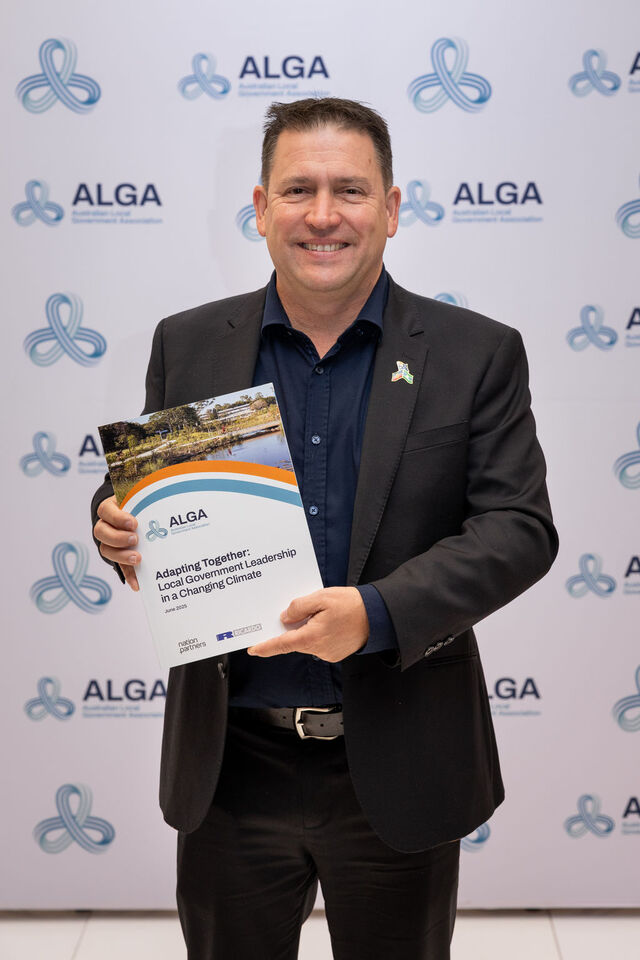Innovative use of spatial information for better planning and policy development
A key aim of the recently completed Greater Western Sydney Spatial Project (GWSspatial) was to develop seamless technical and management protocols between key Councils, state agencies and statutory authorities to enable regional planning cooperation and development. The GWSspatial project was undertaken by the Hawkesbury City Council and the University of Western Sydney, with funding of $100,000 from the Commonwealth Government’s Local Government Incentive Programme (LGIP).
The University of Western Sydney was contracted to conduct the study, while the Australian GIS company, Infomaster, was engaged to conduct the technical development and management of the project. The Commonwealth’s interest in the project can be summed up by the national priority areas for the LGIP.
- Activities that lead to the adoption of best practice and sharing of technical expertise across Councils.
- Promotion of an enhanced role for Local Government in leading their communities.
- Increasing the capacity of Local Government to contribute to regional development.
Commitment to the need for a regional approach came from all councils within the region, along with the Department of Land and Water conservation, National Parks and Wildlife, Rural Fire Services, the (then) Hawkesbury Nepean Catchment Management Trust and Sydney Water.
There are 14 Councils in the Western Sydney Basin. These Councils face immense pressures from the urban periphery in managing the natural and built environment, community and infrastructure, development and delivery of services. The project focused on how a web-accessible, regional geographic information system could provide access to spatially enabled data so that decision making on issues that cross Council boundaries could be improved.
Through an earlier August 2000 study, funded by the then Western Sydney Research Institute and the NSW Minister for Information Technology and Management, an inventory of spatial data sets within the region was developed. The report – Spatial Information Systems for Greater Western Sydney – review of existing systems – concluded that the use of spatial information and GIS across the region was indiscriminate and diffuse, with the potential for spatial analysis seldom realised.
The GWSspatial project looked at the promotion and research applications of the extensive holdings of spatially referenced data and information held within the University of Western Sydney and by a number of organisations – public and private – across the Greater Western Sydney region. It also aimed to develop the research capacity of the university community in applying GIS software to access and use available spatial data and information. The most extensive spatial data collections are held by the region’s councils. Data and services for the project were also provided by the NSW Government GWSspatial will allow councils, utilities, environmental groups, planning organisations and the community to see and query map data in the form of layers of spatial information and associated textual features, as digital maps, from a computer terminal or browser. The data is sourced from a central region-wide database which can be locatedanywhere. Access to the data will be via web-based access systems through the internet or dedicated high-speed networks.
It is now possible to access this site and construct queries on the database, such as identifying areas zoned for housing that coincide with acid sulphate soils across the region, or showing all traffic accidents in the last three years that occurred within 500 metres of a shopping centre or school. As you might expect, GWSspatial is attracting interest from a range of organisations, across the spheres of government and from the private sector.
The site can be accessed at: www.gwsspatial.com/ Further information on the project can be obtained by contacting Malcolm Ryan, Manager, Environment and Development at Hawkesbury City Council, telephone (02) 4560 4444







